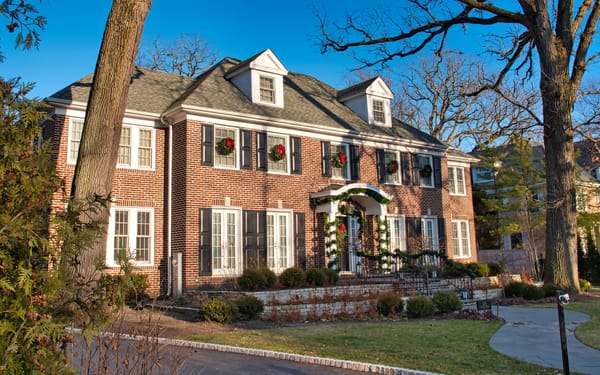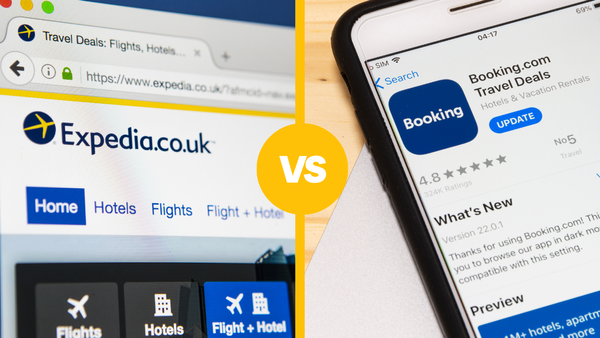Furnished Finder vs Airbnb: Which is Better for Hosts?
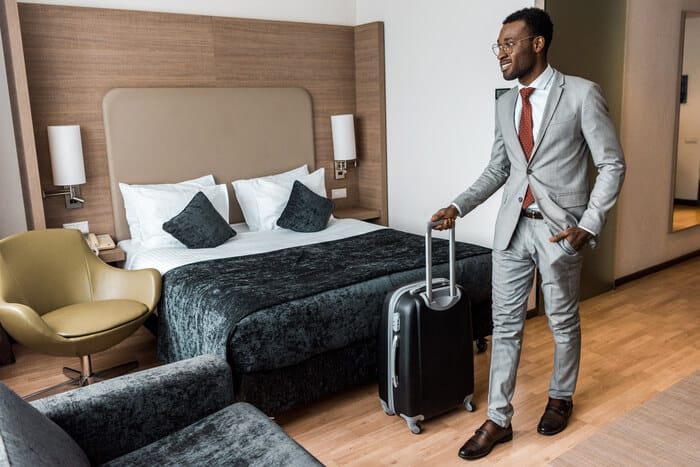
When you think of other rental platforms aside from Airbnb, Furnished Finder is probably not the first name that comes to mind. Property owners looking to rent out vacation rentals are actually spoilt for choice.
Both Vrbo and Booking.com are two huge competitors and then there are a number of smaller OTAs, like Furnished Finder, which provides furnished rental properties on a classically longer-term scale.
While it is a good idea to list on more than one rental property OTA, it is key that you identify which platform will be the best match for your type of property. For this, you need to know your target audience and the different perks (and cons) of each of the vacation housing platforms.
Whether you are new to the industry or keen on experimenting with a month’s stay or longer housing options, Furnished Finder can be a good place to start.
Here’s a quick overview of what you can expect and how it compares to Airbnb.
What is Furnished Finder?
Furnished Finder is a website that offers furnished rental accommodation (both shared accommodation and whole units) to travelers for stays of 30 days or longer.
On its site, users can view available furnished housing options and read up on the reviews written by previous guests. Furnished Finder is available to all renters but especially looks to help travel nurses and other professionals with their relocation needs and reduce housing costs.

It is similar to Airbnb, making it a good alternative for hosts and travelers interested in longer-term stays. Though, there are a few key differences for both guests and property owners.
Firstly, as mentioned, it is not really aimed at short-term stays. Secondly, it is a less traditional corporate housing option. For example, interested travelers do not need to communicate via a platform and they are also welcome to visit the listing before finalizing a reservation.
How Does Furnished Finder Compare To Airbnb for a Property Owner?
Not only is Furnished Finder different from Airbnb in a few ways, but it can also offer other advantages in terms of features and ease of use.
Though, no solution is perfect and, like Airbnb, Furnished Finder also has a number of drawbacks that hosts will need to keep in mind and plan around.
Furnished Finder Pros
Airbnb Pros
- Hosts can meet the potential tenants a couple weeks before finalizing a booking in person.
- It attracts a lot of website traffic.
- Hosts can make changes to the standard contract.
- Listing your property is free.
- It has a built-in feature for completing a background check that includes screening credit score records and eviction history.
- Communication is via the platform which helps to streamline the process and is more secure.
- Once you list your property, you will also get listed on their sister site and mobile app.
- It is available in most countries across the world.
- It charges a listing fee only (in other words hosts won’t have to pay a commission per booking).
- You can use it to list unique properties like treehouses, yurts, etc.
- Depending on the location, hosts might not have to pay local hotel and hospitality taxes.
- Depending on your occupancy rate, Airbnb can be more profitable.
- It is popular among travel nurses and other traveling medical professionals if you are looking to enter that market.
- It can be used to rent out only a room.
- It can be used to rent out only private rooms.
- To supplement your income, you can offer Airbnb Experiences too.
- You will have fewer turnovers.
- It includes limited insurance protection.
Furnished Finder Cons
Airbnb Cons
- Travelers can negotiate the monthly rate.
- The booking fees are less transparent.
- It does not give hosts the option to list rentals for shorter than 30 days.
- Hosts are charged a commission per booking which can work out to be more expensive.
- Only properties located in the United States may be listed.
- Hosts have to do their own background checks.
- As it mostly targets traveling nurses, the property should ideally be close to a nearby hospital.
- Hosts have less flexibility regarding cancellation policies
- It does not process payments. Instead, guests pay rent to the host directly.
- You will have more turnovers.
- As it only lists long-term bookings, you might have to make adjustments to your property to make it more suitable for longer stays.
- Depending on your location, short-term rental regulations can be very strict.
How Do I List My Short-term Rentals on Furnished Finder vs Airbnb?
User-friendliness is one of the first things that hosts look at when choosing a platform for a property listing. The process that you need to complete to list your property is generally a good indication of what you can expect from the platform.

Here’s how listing your property on Furnished Finder vs Airbnb compares:
Furnished Finder
Step 1: Click on the “List Your Property” link and complete the short form.
Step 2: In the Furnished Finder custom manager dashboard, complete your listing by adding all the details, like a description of your property, house rules, photos, and monthly rate, that a traveler will need in order to be able to make an informed choice.
Step 3: Submit the property information to the Furnished Finder platform.
Step 4: Reach out to one of their specialists for approval of your property and listing. As a property owner, you will also need to be verified and screened.
Step 5: If your listing was approved (this usually takes about 24 hours), you can start editing your listing.
Step 6: Remember to set up message notifications so that you will be alerted as soon as you receive a housing request for your property.
Once your listing is up and running, you could also notify the HR department of any nearby hospital that you are ready to offer accommodation to travel nurses. This will help you to attract more bookings. You can also naturally offer FHIR solutions to frontline workers like travel nurses, if you feel inclined.

Airbnb
Step 1: Go to Airbnb.com and click on “Become a Host”.
Step 2: In the Host section of your profile, you can create a new listing.
Step 3: Select the type of property such as single room, whole house, apartment, etc. from the options provided.
Step 4: Add other basic info like location, number of guests your property can accommodate, and amenities.
Step 5: Write a detailed property description of your property, add a title, and upload photos.
Step 6: Wait patiently. It can take up to three days for your listing to show in the search results.

Automate and Manage Multiple Property Listings With Vacation Rental Software
Depending on your location, type of property, and target audience, there might be no real better option in the Furnished Finder vs Airbnb battle.
In this case, it can be a good idea to list your property on both platforms. After all, more exposure can’t hurt, right?
While this can be a good strategy, it does increase your workload. Also, when you list your property on more than one rental platform, double bookings become a real risk.
For this reason, it is highly recommended that you invest in a vacation rental software solution. Not only will this type of tool help you to prevent double bookings, but it also helps to automate many of your daily routine tasks.
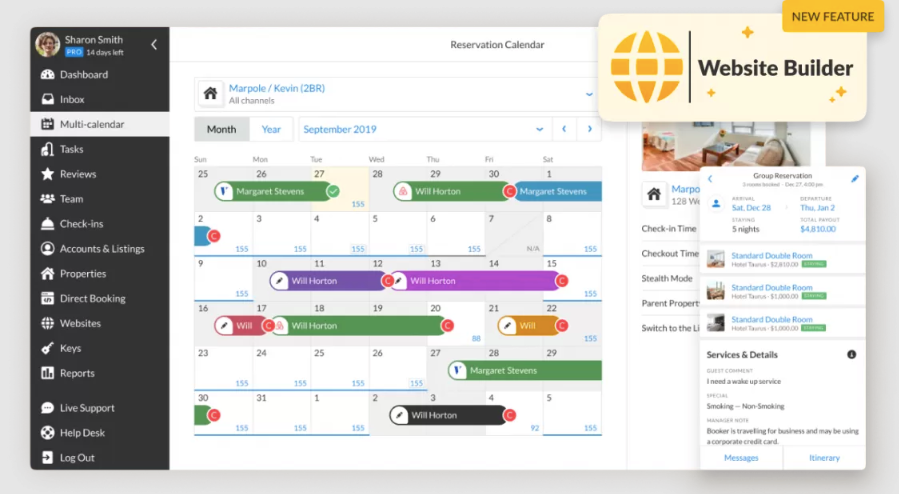
In fact, you do not need to list on both Furnished Finder and Airbnb to benefit. For example, iGMS, one of the top vacation rental software solutions, offers a long list of benefits and can help to streamline tasks with the help of automation such as:
- Managing multiple accounts and units on the major vacation rental platforms
- Organizing your messages and email into a single feed and using automated templates and triggered messaging to improve guest communication
- Automating the process of guest reviews
- Managing direct bookings using a direct booking management toolkit
- Receiving payouts and creating invoices by connecting your Stripe account to iGMS
- Creating your own website in minutes
- Sharing daily schedules with your team and auto-assigning tasks.
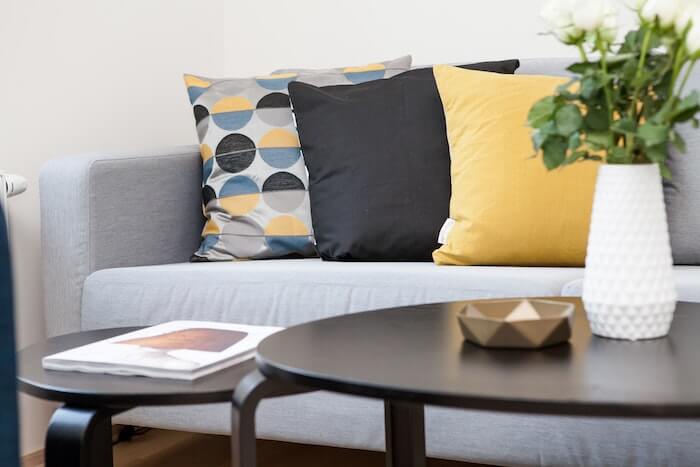
How Do Payments and Fees Work?
Knowing how payments and fees work on each platform is key. After all, your goal is to start a profitable business. Here’s what you can expect:
Furnished Finder
The tenant will pay you directly. If you are specifically renting out to healthcare workers, some tenants might prefer that their medical staffing company pays you directly.
You can, for example, use KeyCheck to collect the rent online. This site ensures rent collection and, like other sites, manages your housing cost collections too.
It is also a good idea to charge a refundable security deposit. Furnished Finder recommends that you charge a third of the rent to be paid upfront, along with a one-time cleaning fee of about $125. Housing can be expensive, and you need to protect yourself by charging some money upfront.
With regards to fees, it is really straightforward. Property owners only have to pay a yearly listing fee of $99. As you work directly with the tenants, they do not charge any commissions or booking fees.
Airbnb
Compared to Furnished Finder and other rental platforms, Airbnb payment and fees are more complex. While Airbnb will take care of payment processing, it could mean that Airbnb hosts and property owners will have to wait some time.
Airbnb will send your payment about a day after the guest has checked into your property. Though, if you have a minimum payment amount, the payment will only get released once you have met that amount.
Then, your bank and payout method will also play a role in how long it will take for the payment to reflect in your account. For example, if you use PayPal, it can clear within one business day.

However, if you use international wire, bank transfer, ACH, or direct deposit, it can take as long as seven business days. Depending on your financial institution, there can also be extra fees. This brings us to our next point — Airbnb fees.
Not only are Airbnb fees more intricate than Furnished Finder, but they can also add up as you are charged a percentage of your booking subtotal.
Airbnb currently uses two types of service fees for hosts: split fee and host-only fee. With the split fee system, Airbnb hosts will pay about 3% of the total booking cost, but depending on their cancelation policy it could be higher.
If hosts opted for the host-only fee, hosts will be charged a service fee of 14% or more of the total booking cost.
Final Verdict: Who is Furnished Finder vs Airbnb Best For?
Furnished Finders enjoy great value from the platform and it can be an ideal alternative to hosts wanting to take advantage of long-term rentals or hosts that aim to accommodate traveling professionals or a traveling nurse.
It offers more transparency, while the fees are also lower as you do not have to budget for commission (and possibly tax). In fact, if your property is close to hospitals it is definitely an avenue to consider seriously as there is a real demand for travel nurse housing in many locations.
On the other hand, if the thought of being tied to long-term rentals and accommodating traveling nurses do not appeal to you or fit in with your business strategy, rather stick to Airbnb and catering to the traveling professional guest category.
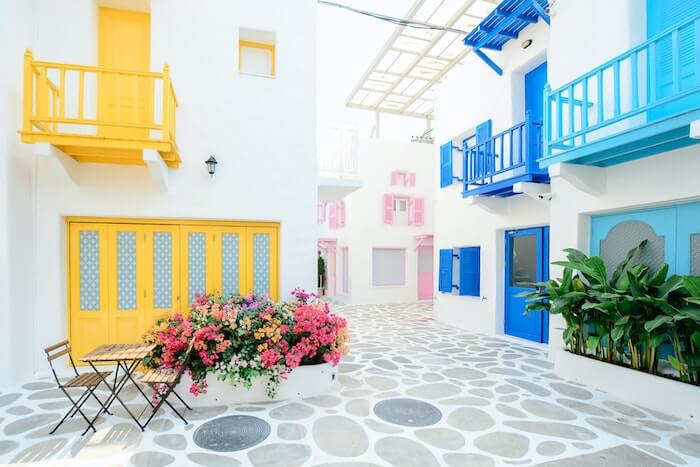
Airbnb remains one of the most popular short-term housing platforms among business travelers and many other travelers like families, millennials, and working nomads for a reason.
No matter the rental platform, always remember to sign a rental agreement and charge a security deposit. You could also look into tenant screening of your potential renters. Also, communicate directly with renters for your furnished rentals.
About the Author
Callan Riddles is the Content and Social Media Specialist at iGMS. Callan has a passion for finding new ways to help vacation rental businesses thrive. In her free time, she loves to travel, read, and experience all the new things that life has to offer.



